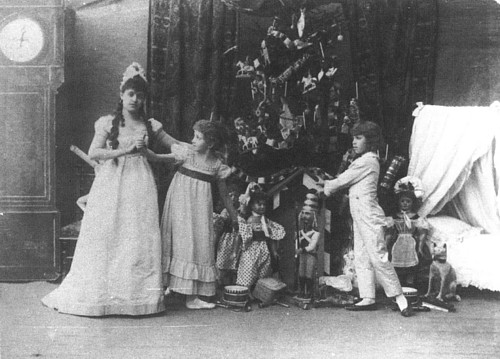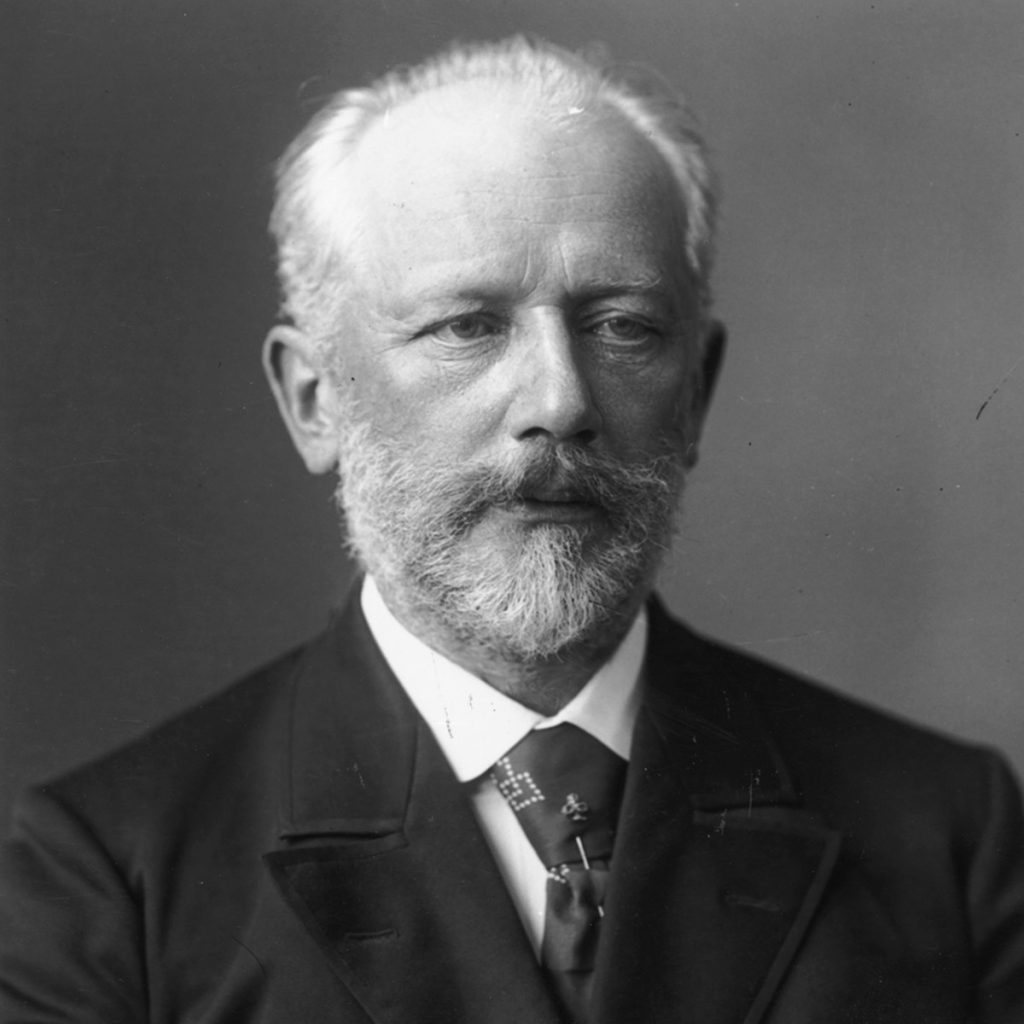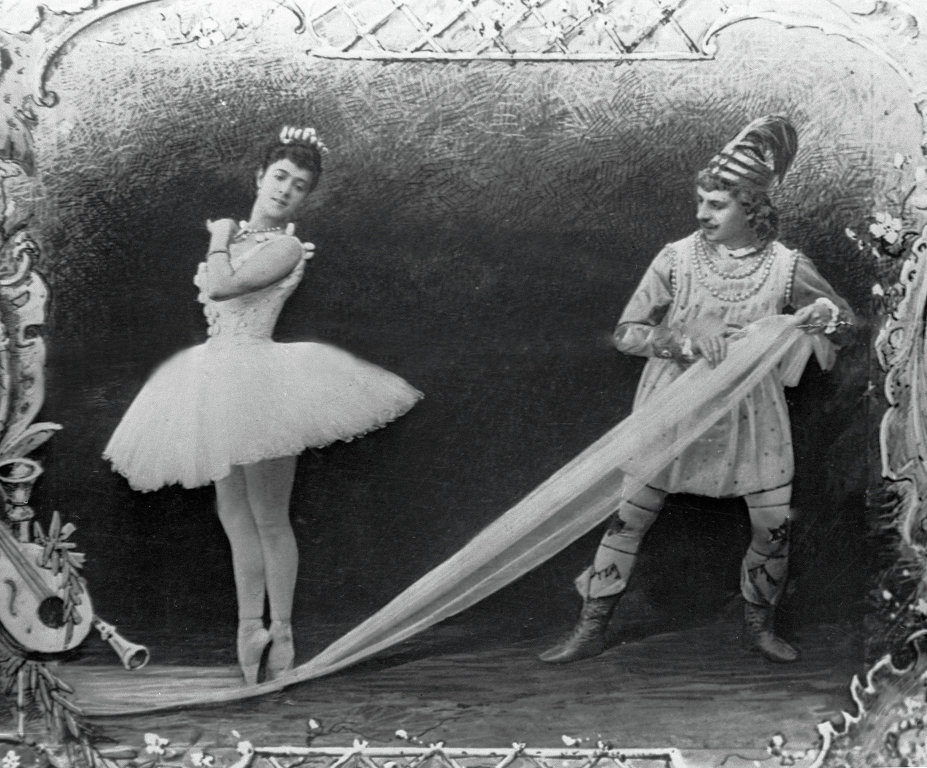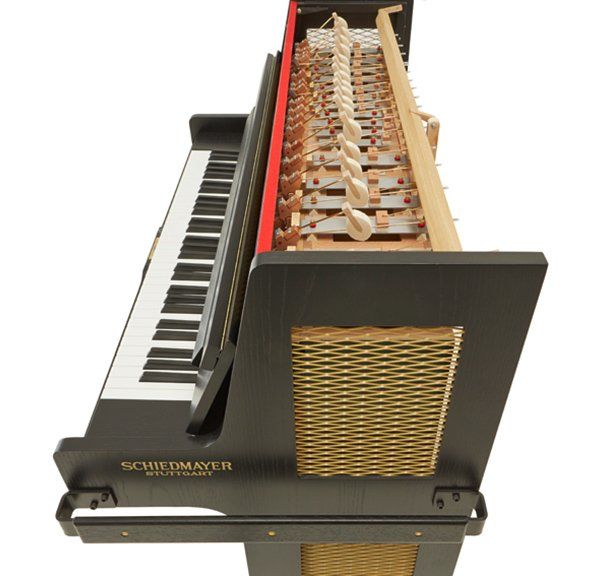
THIS WEEK IN PIANO HISTORY, we celebrate the premiere of Tchaikovsky’s ballet, The Nutcracker, on December 18, 1892. Although the premiere performance of the ballet was not well received, it has become one of Tchaikovsky’s most beloved compositions.
The History of The Nutcracker
Based on a story by E.T.A. Hoffman, Tchaikovsky’s The Nutcracker tells the story of a young girl named Clara (Marie in Hoffman’s story). Clara is gifted a beautiful nutcracker by her godfather, but it breaks after a fight with her brother Fritz. Waking at midnight to check on the toy, Clara is swept away into a magical story involving battles with mice and toy soldiers and fanciful travels. Some of the most famous music of the ballet comes in Act II, where a divertissement consisting of the “characteristic dances” occurs. The ballet ends with a final waltz in which Clara wakes up in her own bed.




The premiere of the ballet was rocky and not everyone approved of the work. One critic wrote: “First of all, Nutcracker can in no event be called a ballet. It does not comply with even one of the demands made of a ballet. Ballet, as a basic genre of art, is mimed drama and consequently must contain all the elements of normal drama. On the other hand, there must be a place in ballet for […] dances, made up of the entire essence of classical choreography. There is nothing of this in Nutcracker. There is not even a subject.”1 The ballet, revived in 1954 by George Balanchine, later became a huge success. Today every major ballet company in the United States routinely performs Tchaikovsky’s ballet every holiday season to sold-out crowds.
Keyboards and The Nutcracker


One of the most notable moments of the ballet score is the use of celesta in the “Dance of the Sugar Plum Fairy.” Writing to his publisher, Tchaikovsky announced, “I have discovered a new instrument in Paris, something between a piano and a glockenspiel, with a divinely beautiful tone. I want to introduce this into the ballet and the symphonic poem. The instrument is called the ‘Celesta Mustel,’ and costs 1,200 francs. You can only buy it from the inventor, Mustel, in Paris. I want to ask you to order one of these instruments […] Have it sent direct (sic) to Petersburg; but no one there must know about it. I am afraid Rimsky-Korsakov and Glazounov might hear of it and make use of the new effect before I could. I expect the instrument will make a tremendous sensation.”2 The instrument did make quite a sensation and has become prominent in movie scores of the last few decades including its use in the Harry Potter movies (Hedwig’s Theme).
Due to the popularity of the Nutcracker, many have written arrangements of the suite for piano. Tchaikovsky himself arranged the suite for solo piano in 1892 and other popular arrangements were written for piano four hands by Eduard Langer and two pianos by Nicolas Economou. Listen to the following recording of Martha Argerich and Lilya Zilberstein performing Economou’s masterful arrangement.


Sources
- Roland John Wiley, Tchaikovsky’s Ballets: Swan Lake, Sleeping Beauty, Nutcracker (Oxford: Oxford UP, 1985), 221.
- Modeste Tchaikovsky, Life and Letters of Peter Ilich Tchaikovsky, trans. And ed. Rosa Newmarch (New York: Haskell House Publishers Ltd., 1970): 663.
Kodat, Catherine Gunther. “Dancing Through the Cold War: The Case of ‘The Nutcracker.’” Mosaic: An Interdisciplinary Critical Journal 33, no. 3 (2000): 1–17.jstor.org/stable/44029692.
kusc.org/culture/staff-blog/classical-california-ultimate-playlist/tchaikovsky-nutcracker/
npr.org/2013/12/25/257139160/the-dark-roots-of-the-nutcracker-and-the-man-who-wrote-it